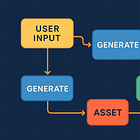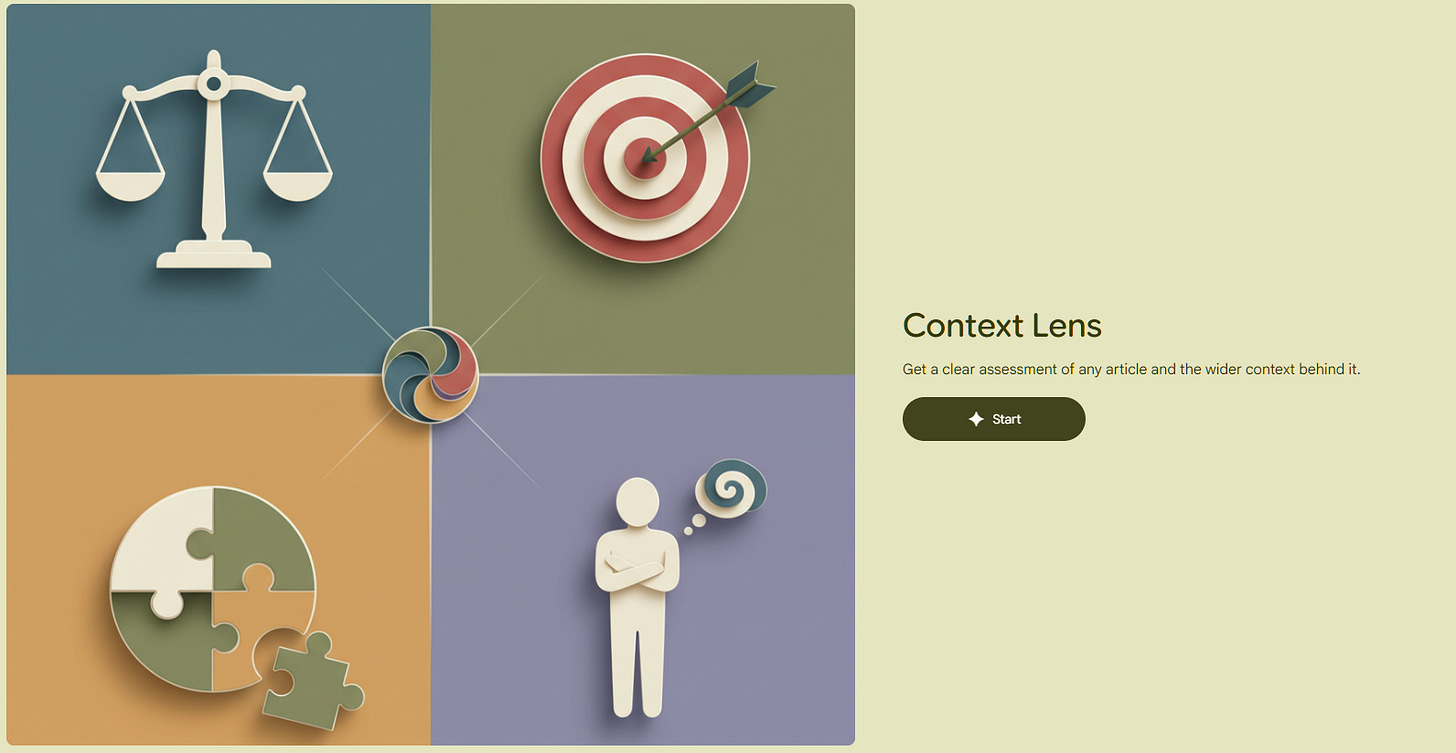Sunday Rundown #118: Google Launches & Sloppy Chess
Sunday Bonus #78: Get a balanced take on any article with my Opal app.
Happy Sunday, friends!
Welcome back to the weekly look at generative AI that covers the following:
Sunday Rundown (free): this week’s AI news + a fun AI fail.
Sunday Bonus (paid): an exclusive segment for my paid subscribers.
In case you missed it, here’s this week’s Thursday deep dive:
Note: If you’re consistently missing out on my emails, remember to check your “Promotions” tab and mark whytryai@substack.com as a “Safe Sender.”
Let’s get to it.
🗞️ AI news
Here are this week’s AI developments.
👩💻 AI releases
New stuff you can try right now:
Baidu news:
ERNIE 4.5‑VL‑28B‑A3B Thinking is an open-source visual reasoning model that can zoom in on image details and handle video analysis.
ERNIE 5.0 is a natively omnimodal flagship model that excels at processing text, images, audio, and video. (Try for free.)
Epidemic Sound launched Studio, an AI-powered tool that automatically creates synchronized soundtracks for uploaded videos.
ElevenLabs news:
Iconic Marketplace lets creators license AI‑generated voices of historic figures and celebrities with full rights.
Scribe v2 Realtime is a speech‑to‑text model that can accurately transcribe live audio across 90 languages in under 150 ms.
Google news:
Flow now has a dedicated Images tab to help you separate your images from your video projects.
Google Messages now has a “Remix” mode that lets you edit and transform photos with AI right in chat without switching apps.
NotebookLM added Deep Research that can pull in quality sources and now also supports input from Sheets, Drive PDFs, images, and more
NotebookLM now also lets you prompt for the exact visual style when creating a Video Overview and to use uploaded images as sources.
SIMA 2 (Scalable Instructable Multiworld Agent) is a Gemini‑powered agent that can play, reason, and learn in virtual 3D worlds.
Google Photos got new AI features including Nano Banana-powered editing, image restyling, premade AI templates, and more.
LinkedIn launched AI-powered people search so you can find profiles via vague descriptions rather than precise titles or names. (Only for US Premium users.)
Meta open-sourced Omnilingual ASR, a speech‑to‑text system that understands over 1,600 languages and can learn even more based on just a few samples.
Microsoft unveiled MMCTAgent, a new AI agent that reasons over large image and video collections by planning, critiquing, and iterating its own answers.
Mozilla is introducing AI Window inside Firefox: an opt‑in companion sidebar that lets you chat with an AI assistant.
OpenAI news:
GPT-5.1 upgrade gave ChatGPT a warmer, chattier tone while also granting it smarter on-demand reasoning capabilities.
US veterans get free one-year access to ChatGPT Plus to help them transition from military to civilian life. (Check your eligibility here.)
🔬 AI research
Cool stuff you might get to try one day:
Google news:
Google App will soon roll out an “Images” icon that lets users browse personalized image feeds and curate Collections.
Nano Banana 2 preview has allegedly been spotted in the wild, boasting superior image quality and prompt accuracy.
Nested Learning is a new training approach to help AI keep learning and retain memories, paving the way for smarter, more reliable language models.
📖 AI resources
Helpful AI tools and stuff that teaches you about AI:
“10 AI Things You Missed” [VIDEO]—another measured update by AI Explained:
“DesignArena” [REFERENCE]—great place to test and see AI model leaderboards for design-related tasks.
“The state of AI in 2025” [REPORT]—findings based on a survey of almost 2,000 participants by McKinsey.
🤦♂️ AI fail of the week
I’m no chess Grandmaster, but something looks off here.
Send me your AI fail for a chance to be featured in an upcoming Sunday Rundown.
💰 Sunday Bonus #78: Paste an article. Gain a more balanced & complete picture.
Let’s face it: No post on the Internet is ever 100% complete and objective.
Even the most rigorous takes might inadvertently leave out key details or lean toward one side of the story.
So this week, I turned to Opal again to create Context Lens: a tool that helps you better understand any article by placing it in a broader perspective.
Context Lens evaluates the article across four key dimensions (with explainers), uncovers wider context, and suggests further reading.
Here’s exactly how it works:



